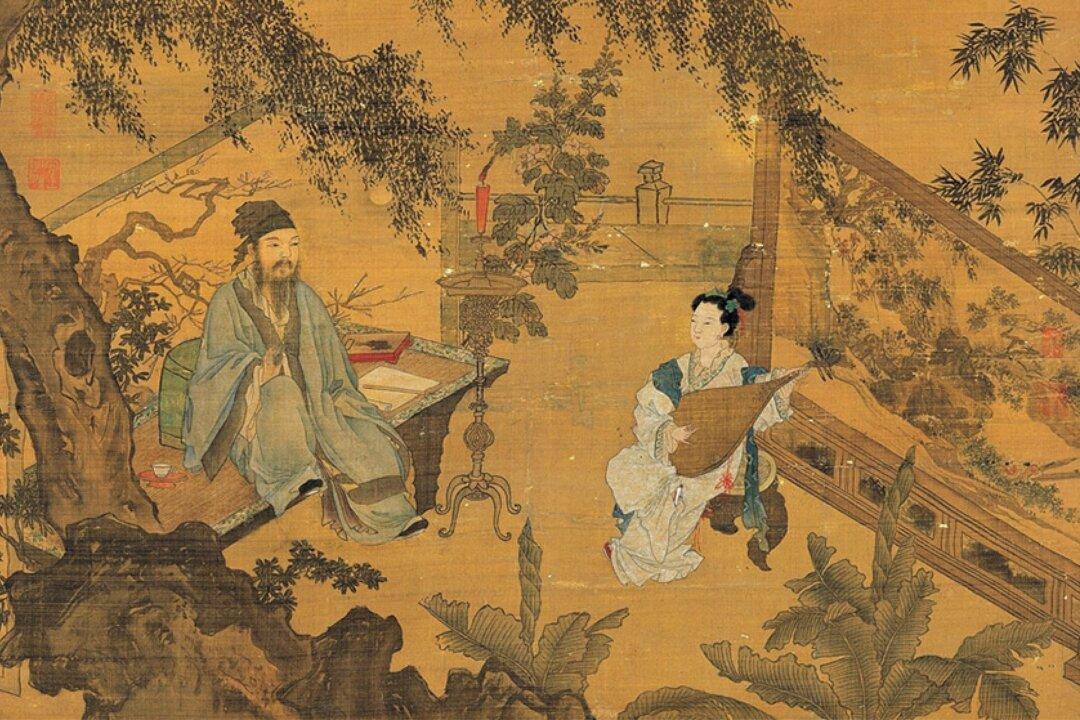We appreciate Mongolian culture for its equestrian lifestyle and succulent barbecue, but the Mongolians were also known as connoisseurs of fine art and fashion. In particular, ancient Mongolian ladies of the court made a lasting influence on high fashion that extended even beyond China into Europe.
Genghis Khan united the Mongolian tribes north of China in 1206 and is regarded as the founding father of Mongolia. The Mongols became the first non-Han ethnic group to control China and established the Yuan Dynasty (1271-1368) under the leadership of Genghis Khan’s grandson Kublai Khan. As a vast empire that stretched across Eurasia, many artistic traditions were exchanged within its centralized power. Yet, the ancient Mongolians still managed to preserve their own distinct culture with unique aesthetic sensibilities.





